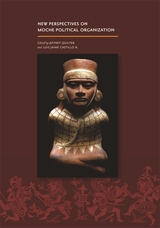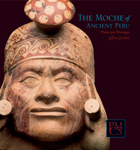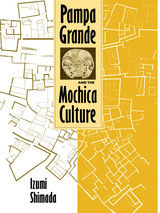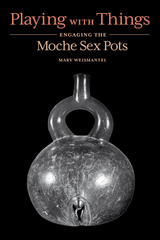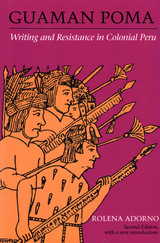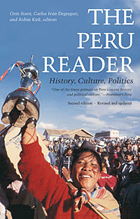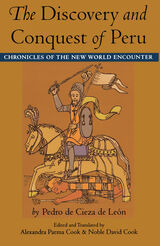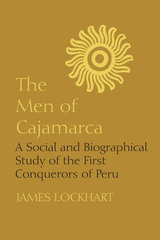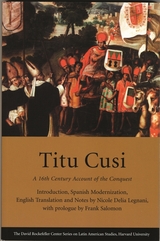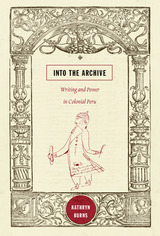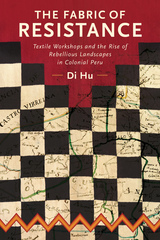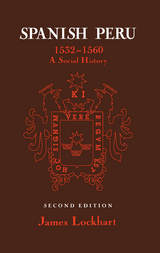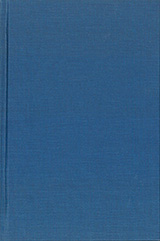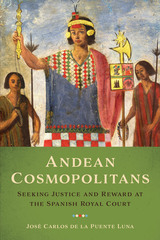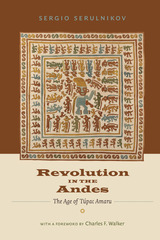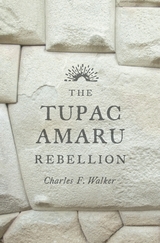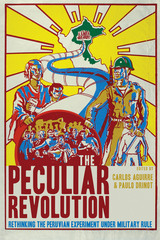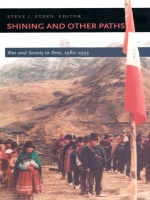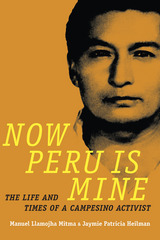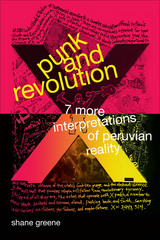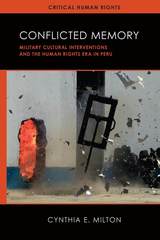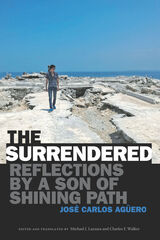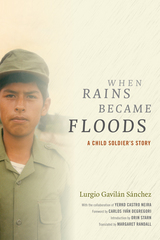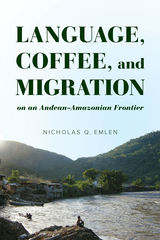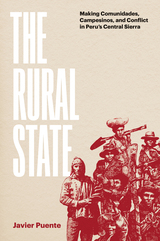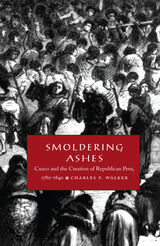Modern Peru: A New History
Duke University Press, 2025
Cloth: 978-1-4780-2917-5 | Paper: 978-1-4780-3252-6 | eISBN: 978-1-4780-6138-0 (standard)
Library of Congress Classification F3444.M556 2025
See other books on: Drinot, Paulo | Modern Peru | New History | Peru | Vergara, Alberto
See other titles from Duke University Press
Cloth: 978-1-4780-2917-5 | Paper: 978-1-4780-3252-6 | eISBN: 978-1-4780-6138-0 (standard)
Library of Congress Classification F3444.M556 2025
ABOUT THIS BOOK | AUTHOR BIOGRAPHY | REVIEWS
ABOUT THIS BOOK
Modern Peru: A New History offers a sweeping account of Peru’s history from the wars of independence to the present day. Delving into a past characterized by instability and a series of interrupted national projects, the contributors examine the legacies of Tupac Amaru’s 1780s rebellion and the intense ideological debates between conservatives and liberals about the newly independent nation. They analyze the mid-nineteenth-century guano state, the catastrophic defeat in the War of the Pacific, and the establishment of an exclusionary oligarchic state—the "Aristocratic Republic"—based on a diverse export economy. Outlining Peru’s twentieth-century transition from a rural, agrarian society to a primarily urban one, the contributors explore the 1968 coup and its unfulfilled promise of top-down social transformation, which was followed by years of democratic rule marked by internal armed conflict and economic mismanagement. This period culminated in the authoritarian neoliberal revolution of Alberto Fujimori, whose economic and political legacies in the new century resulted in a booming economy, now in abeyance, and a deeply dysfunctional democracy. Accessible and wide-ranging, Modern Peru provides a singularly panoramic perspective on Peru’s history.
Contributors. Eduardo Dargent, Paulo Drinot, Cynthia McClintock, José Luis Rénique, Natalia Sobrevilla Perea, Alberto Vergara, Charles Walker
Contributors. Eduardo Dargent, Paulo Drinot, Cynthia McClintock, José Luis Rénique, Natalia Sobrevilla Perea, Alberto Vergara, Charles Walker
See other books on: Drinot, Paulo | Modern Peru | New History | Peru | Vergara, Alberto
See other titles from Duke University Press

